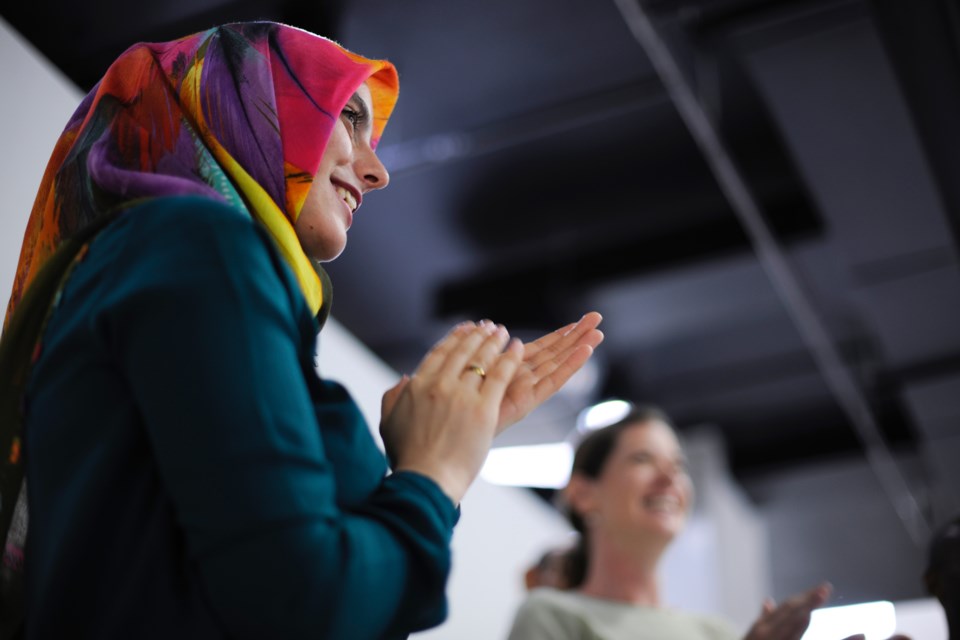![]() It is a piece of fabric...rectangular or square or sometimes even round. It is made from cotton or silk or a range of synthetic materials. It can be plain or printed, textured or embroidered or even beaded.
It is a piece of fabric...rectangular or square or sometimes even round. It is made from cotton or silk or a range of synthetic materials. It can be plain or printed, textured or embroidered or even beaded.
In all the infinite number of variations, one thing holds constant: it is one of, if not, the single most divisive piece of clothing known to humankind today.
Worn universally by Muslim women, the piece of cloth that at minimum covers their heads is known in the West as the hijab. But it has just as many names as it has variations.
Interestingly enough, hijab does not mean head-cover in the Islamic context. It is only in Western terminology that it has become synonymous with a headscarf. The word hijab in the Islamic context actually refers to a modest dress code for both women andmen. It comes from the arabic word hajaba which translates to a barrier, as in a barrier between the body and the rest of the world. It includes many different pieces of clothing including the headscarf (more accurately called khimaar) or a gown (jilbaab).
In much the same way that the name has been usurped and transformed by its portrayal, so too has the reason and motivation behind it. It has been dragged into politics time and time again, with the emerging islamophobic rhetoric positioning the hijab as a form of oppression and subjugation. This has prompted those who support a woman's right to wear the hijab as well as those who wear it themselves to respond that it is an expression of their identity and their choices.
But removing the political squabbling brings us back to the hijab itself...why do women wear it?
To put it quite simply, the hijab is an expression of worship. Similar to other Muslim acts of worship such as praying five times each day or fasting in Ramadan, wearing the hijab is a direct relationship between a person and God/Allah. It is a source of reward for her spirituality and one that is a part of her expression of faith.
Countering the narrative over the hijab in the public sphere here in Canada is connected to its portrayal. The narrative has been rewritten by those who wish to use it for their own political gain; they want the hijab to be a political expression making it an easy target. But it is not. It is not an expression against any other religion, nor is it a political statement against any government. It is an act of worship. The people who wear it come from across the political spectrums and lead a variety of lives.
91原创 Muslim women are the largest targeted group in Canada when it comes to outright hate and discrimination on the streets, sometimes in the form of violence. People listen to the rhetoric and incubate that feeling of the hijab as a threat to their safety. But maybe it is time for society to listen to a different set of voices when discussing the hijab...the voices of the women who choose to wear it and who go through the triumphs and hassles of everyday life as a visible Muslim.
It is noteworthy that 91原创 Sikhs are the next largest group that wears a religious head-covering on a daily basis. And while the context is the same, the discrimination and violent hate is on a far smaller scale. A question that we in 2018 should ask: why? Does it have to do with the society where male voices are heard while female voices are too often spoken over or for?听
Maryam Baksh听is a mother and former student at University of British Columbia. She is a member of the Muslim community in 91原创.
You can read more articles on our interfaith blog, Spiritually SPeaking,
* This article was published in the print edition of the Times 91原创 on Saturday, October 20th 2018
Photo of woman in hijab is by听听辞苍听
听
听
听
听
听



